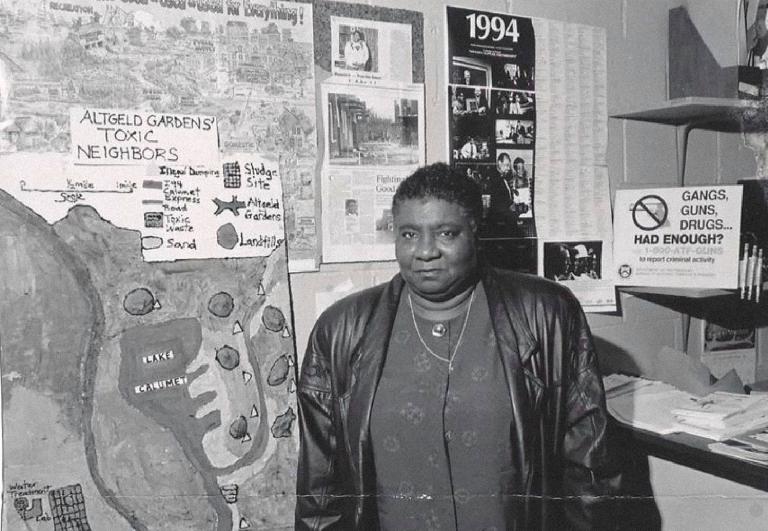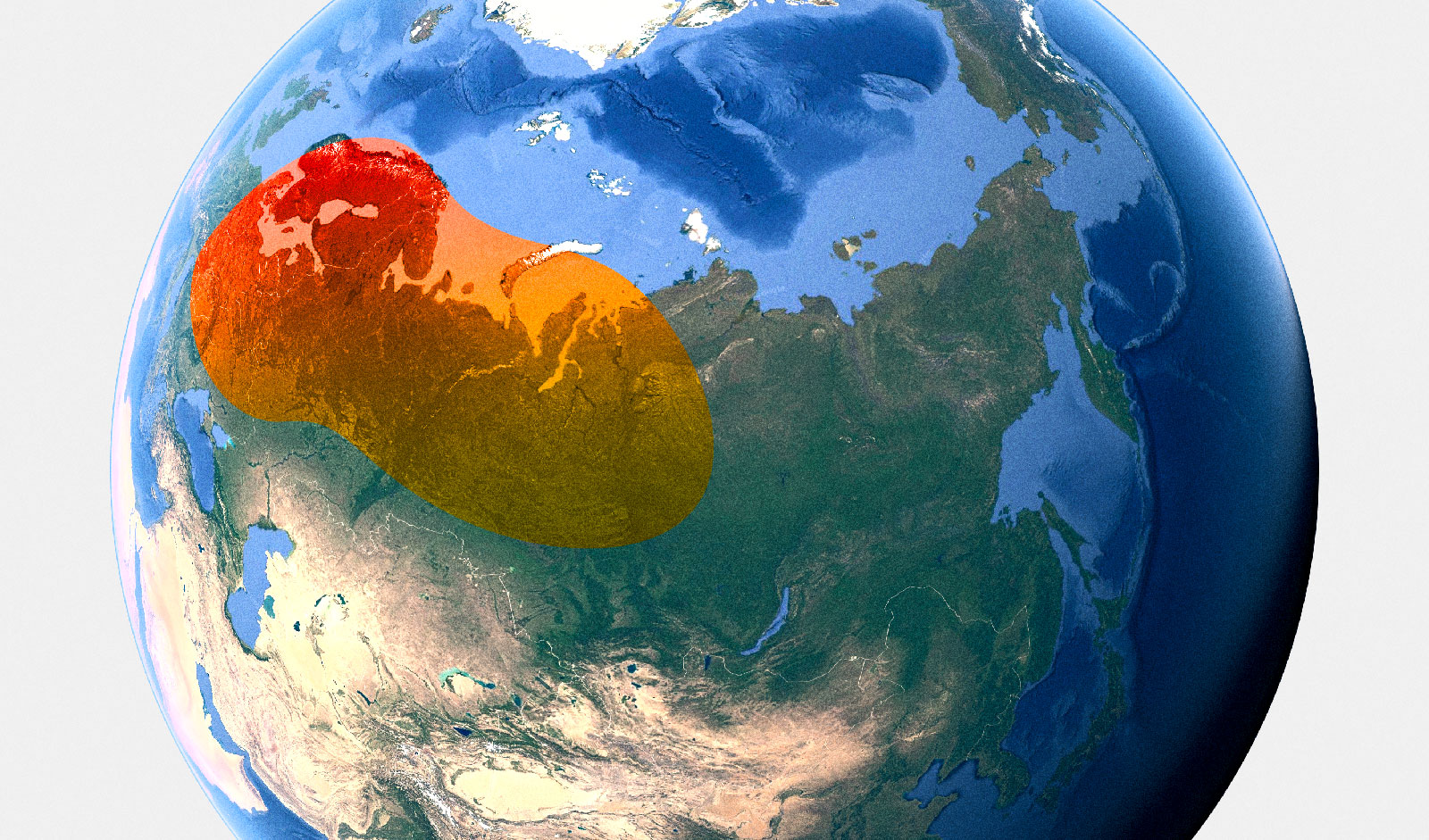Across most of the Northern Hemisphere, trees are leafing out, birds are chirping, and April showers are giving way to May flowers. But in parts of the Arctic Circle, spring weather has already come and gone and a staggering heat has descended on the fringes of the region. Temperatures in parts of Russia, along the edges of the Arctic ice sheets, hit 86.5 degrees Fahrenheit on Wednesday — 36 to 43 degrees hotter than average for this time of year*. The heat wave broke local records in Northwest Russia, and temperatures could continue rising in the coming days.
“Truly exceptional for any time of the year but mind-boggling for May,” tweeted Scott Duncan, a London-based meteorologist, of the unusual heat.
The Arctic heat wave coincides with the 12th ministerial meeting of the Arctic Council in Reykjavik, Iceland, on Thursday. There are four major issues on the council’s agenda: climate change, Arctic shipping, human health, and innovation in Arctic communities.
U.S. Secretary of State Antony Blinken is representing the United States at the meeting, which takes place every two years. Blinken is a staunch supporter of climate action, and has been working on President Joe Biden’s behalf to shore up international cooperation on climate change since being sworn in earlier this year. The White House’s priority for the convening is climate change, an issue Blinken spoke about at length as he traveled through Denmark and Iceland ahead of Thursday’s meeting. At the meeting, Blinken said that the U.S. intends to provide up to $1 million to further the Arctic Council’s environmental protection efforts. That’s not a huge chunk of change, but it is a stark contrast to 2019, when former President Trump’s delegate to the meeting obstructed a declaration that would have included the words “climate change.”
The soaring temperatures on the other side of the Arctic Circle exemplify the rapid changes that members of the council are grappling with throughout the region.
This week’s Arctic high temperatures may be among the most severe on record for May, but it’s hardly the most shocking heat wave the region has experienced in recent years. Last June, temperatures in the Siberian town of Verkhoyansk reached an all-time high of 100.4 degrees F — some 50 degrees above average. Temperatures in the Arctic are rising at a rate that’s twice as fast as the rest of the globe’s. And scientists estimate that by mid-century, the Arctic could be totally ice-less in the summer months. Wildfires burned vast swaths of land in regions way above the Arctic Circle in 2019 and 2020 — another harbinger of accelerating climate change.
From a climate perspective, the Arctic’s evolution from an icy expanse to a soupy mess is concerning. But for some members of the Arctic Council, particularly Russia, climate change looks like an economic opportunity. Melting ice presents new trade route possibilities, something Russia has been preparing for with a new and improved fleet of icebreaker ships. Climate change is also making it easier to plumb the Arctic’s buried resources like oil.
Negotiations over the balance between environmental and economic considerations in the region are growing into an ever-bigger source of tension between the U.S. and Russia, the two biggest geopolitical powers in the Arctic. But ahead of the 12th ministerial meeting, at least, both nations promised to play nice. “Our vision … is very much one of cooperation,” U.S. State Department Arctic Envoy Jim de Hart told Reuters.
“We don’t have any friction,” Russian Senior Arctic Council official Nikolai Korchunov said in a briefing last week.
We’ll see how long that lasts.
*Correction: An earlier version of this article incorrectly converted Celsius to Fahrenheit. Parts of Russia were 36 to 43 degrees hotter than average this time of year, not 68 to 75 degrees hotter.
This story has been updated to incorporate the Biden administration’s pledge at the Arctic Council meeting on May 20.




